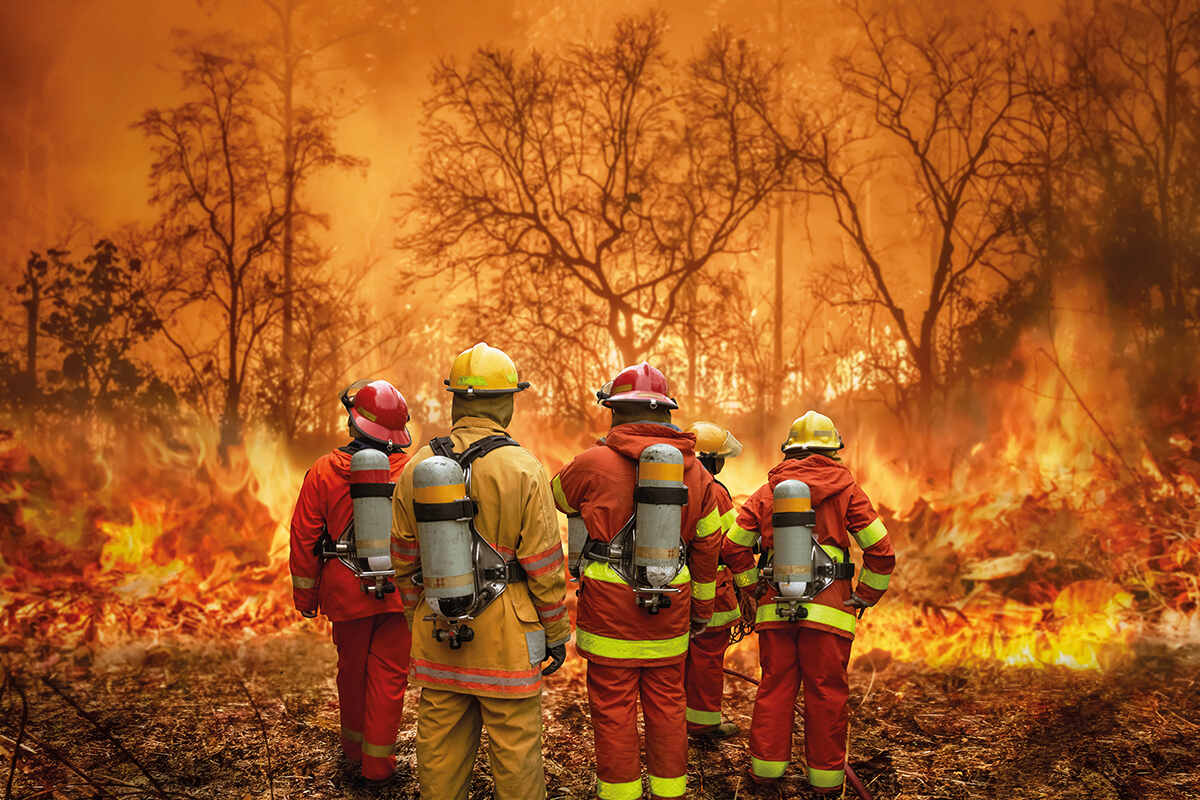
Marco Magrini considers the impact the forthcoming El Niño is going to have on the world’s climate
The Met Office says that 2022 was the UK’s warmest year on record. On a global scale, according to the EU’s Copernicus Climate Change Service, it wasn’t the hottest ever – just the fifth hottest ever recorded. But what about the new year? What can we predict for 2023? The year opened with a big freeze in North America and a bizarrely hot New Year’s Day in Europe. Half of the Alpine ski resorts were shut. And we can’t expect things to get much better. The freak weather is being caused by the ‘Little Boy’ — El Niño in Spanish — or, to be more precise, his absence.
Much of the world’s weather is at the mercy of the phenomenon called ENSO, or El Niño Southern Oscillation. It all happens in the vast cauldron of the Pacific Ocean, where winds and ocean currents regulate the world’s weather system. In the warm phase – known as El Niño – a band of warm water forms off the coast of South America, creating high air pressure conditions in the western Pacific and low air pressure in the eastern part of the ocean. This alternates with a cold phase – La Niña (the Little Girl) – which reverses these conditions. Together, they have an enormous impact on virtually the entire planet’s climate.
What’s worrying is that La Niña’s cooling effects dominated 2022. In other words, the present ENSO phase has been keeping a lid on global temperatures. Many of the droughts, the wildfires and the floods that we witnessed last year would have been worse without that little girl’s contribution. The current cycle, which started in spring 2020, is already one of the longest on record. According to the US National Oceanic and Atmospheric Administration, this La Niña will probably last until late February or March, followed by an ENSO-neutral phase. Then, it will be a matter of months before El Niño reappears.
Although the exact cycle-switching date is unknown, it’s safe to say that the warming effect will have more of an impact in 2024 than 2023. One of the mysteries about the ENSO phenomenon is its duration – records suggest the warm phase can last anything from two to seven years and modern research techniques suggest that recent El Niños have been by far the strongest the planet has experienced, thanks to human-induced climate change. Scientists studying coral reefs in the Galápagos found that ENSO cycles produced a stable average variation of 0.9°C for almost a millennium. To their surprise, temperature swings appear to have been up to 50 per cent more intense since the 1990s.
The global annual mean temperature fluctuates over time. In 2021, it’s estimated to have been 1.21°C above the pre-industrial baseline, or 0.15°C cooler than in the preceding year. Now, 2023 may not become the warmest year on record (that achievement belongs to 2016, which had El Niño conditions from the start), but it will likely beat 2022. So 2024 could become the most scorching year ever, maybe overshooting the famous 1.5°C threshold. Climatologists established the 1.5°C bar as an average-level risk, so exceeding it briefly doesn’t infringe the Paris Agreement’s main goal of keeping us below that increase. However, it could be the definitive sign that it will be missed in a few years’ time.
Records for global temperatures started in 1850. In Britain, they began much earlier — Central England Temperature dataset dates back to 1659. While it’s possible to reconstruct ancient data locally, it’s difficult to do so globally. To figure out what happened in the distant past we must resort to using carbon dioxide concentrations as a proxy. As I write, it’s sitting at 417.1 parts per million, a level last seen three million years ago, when camels roamed the Arctic and sea levels were nine metres higher.
Besides the pandemic blip, human civilisation has been adding carbon to the atmosphere without restraint. When El Niño shows up, more heat and more extreme events are to be expected. On a global scale, there are still many uncertainties. On a local scale, however, the UK’s Met Office has already forecasted that the coming summer will be hotter than the previous one.




